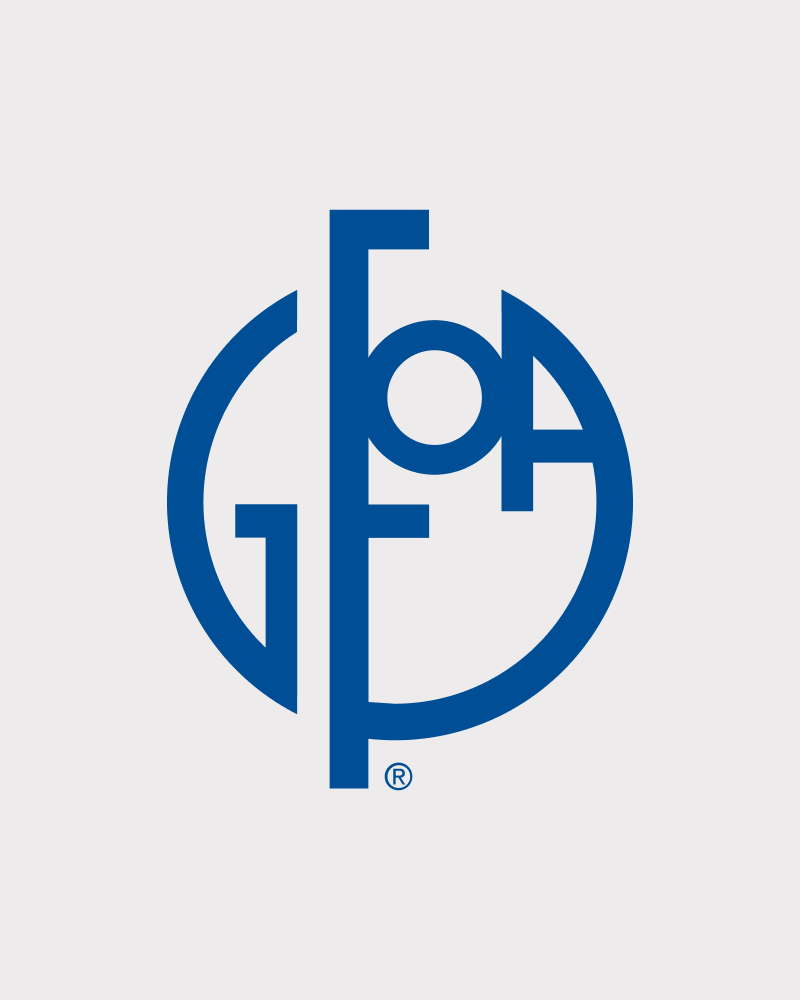Asset Allocation for Defined Contribution Plans
Compensation and Benefits
Asset Allocation for Defined Contribution Plans
Public employers as plan sponsors should work actively with the plan administrators to provide investment options and education to help employees who participate in defined contribution plans attain their financial goals in retirement.
Board approval date: Saturday, June 28, 2025

